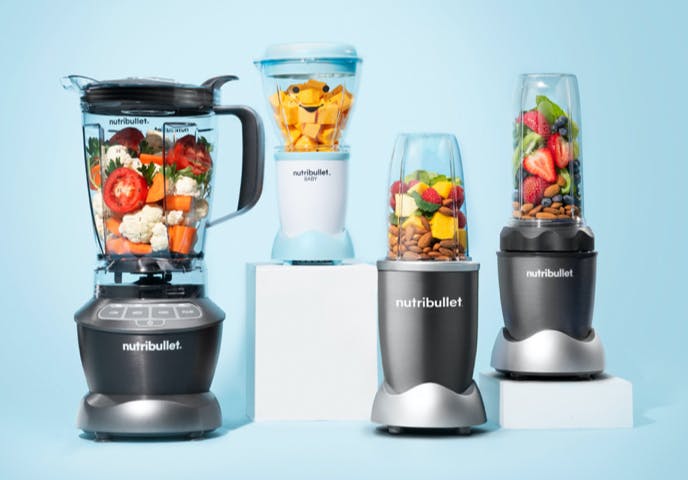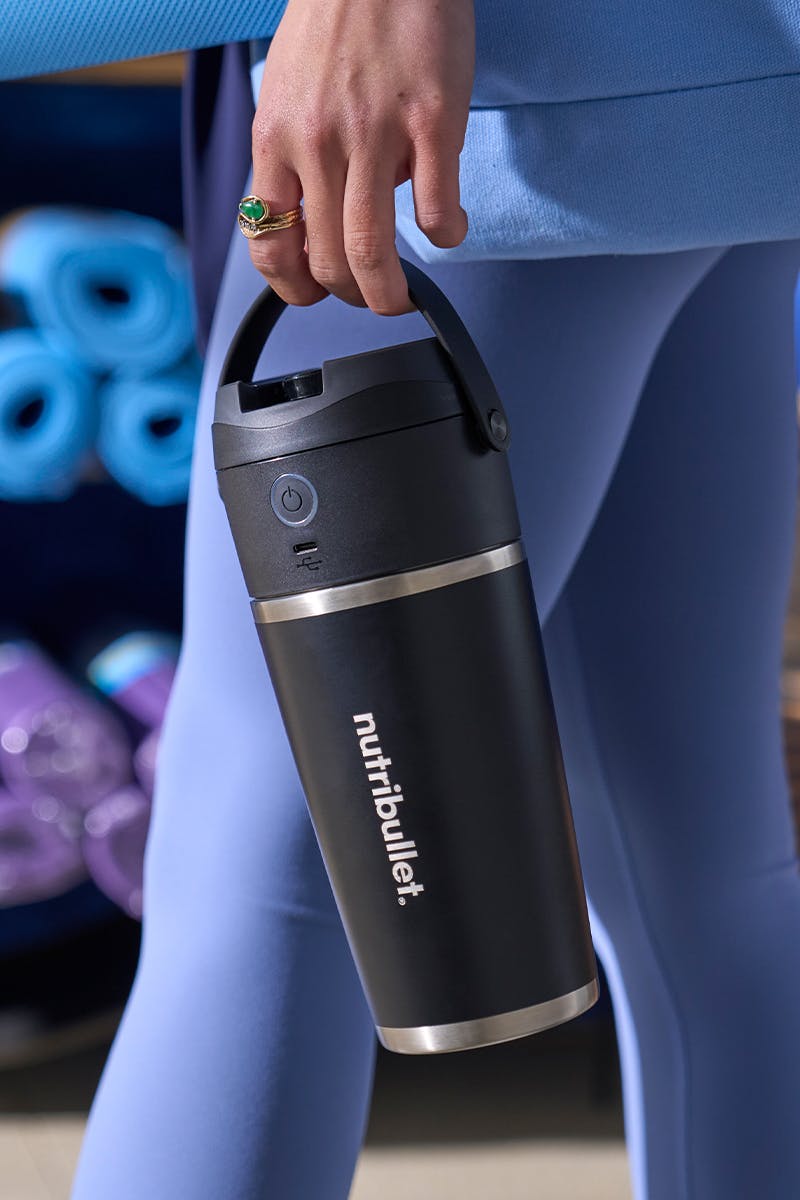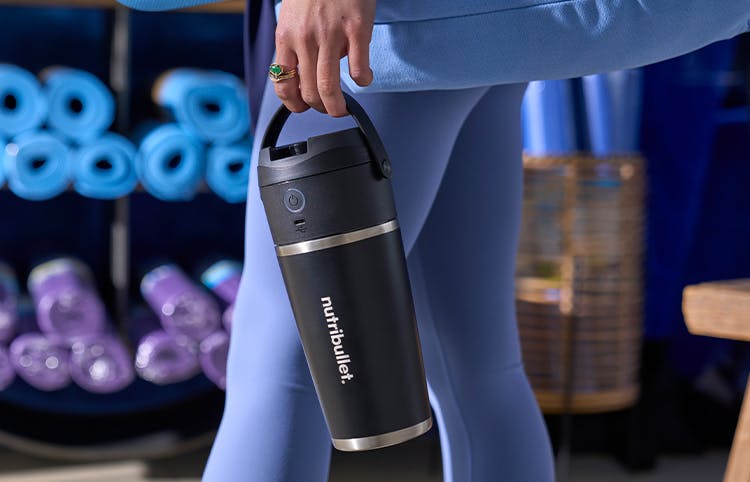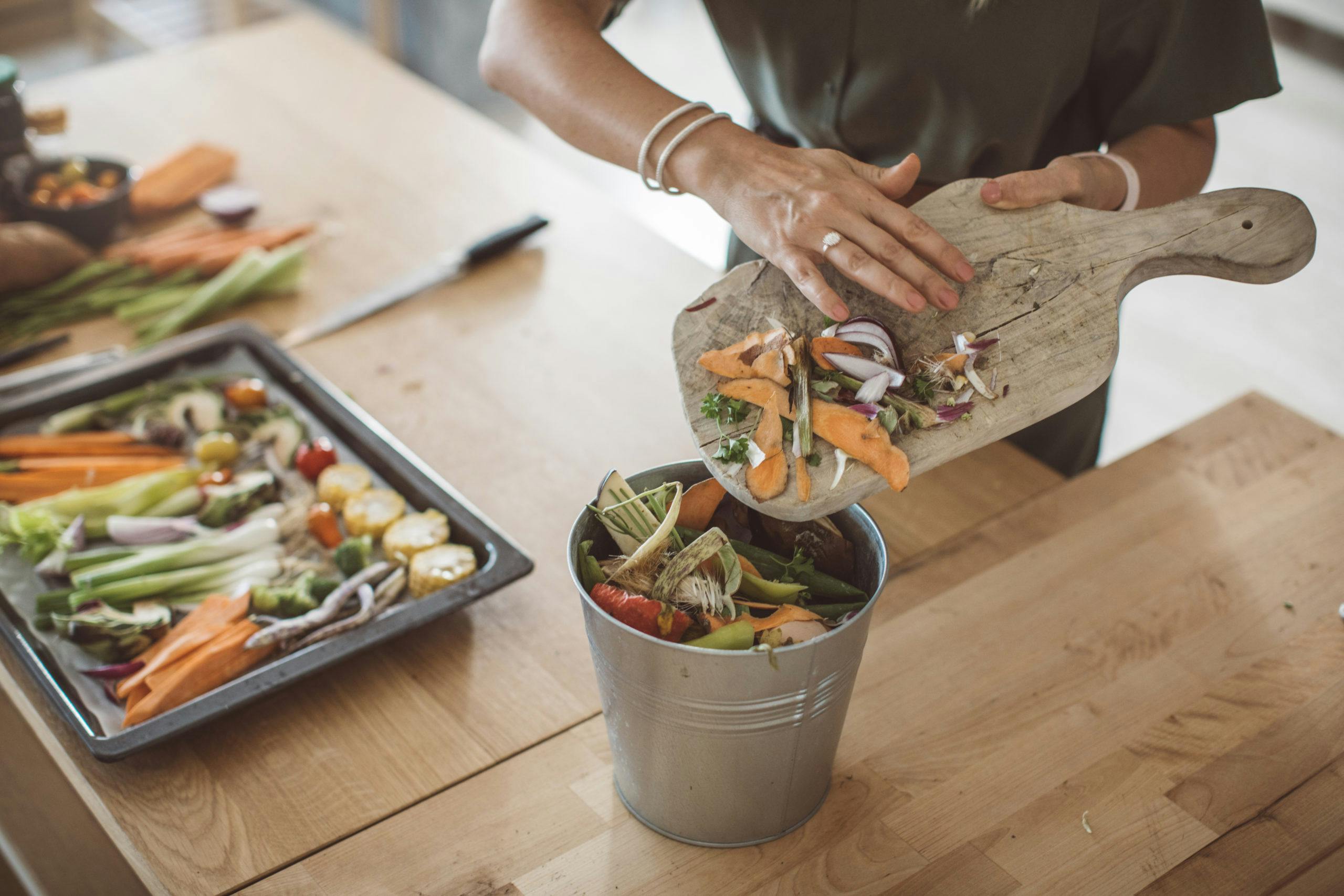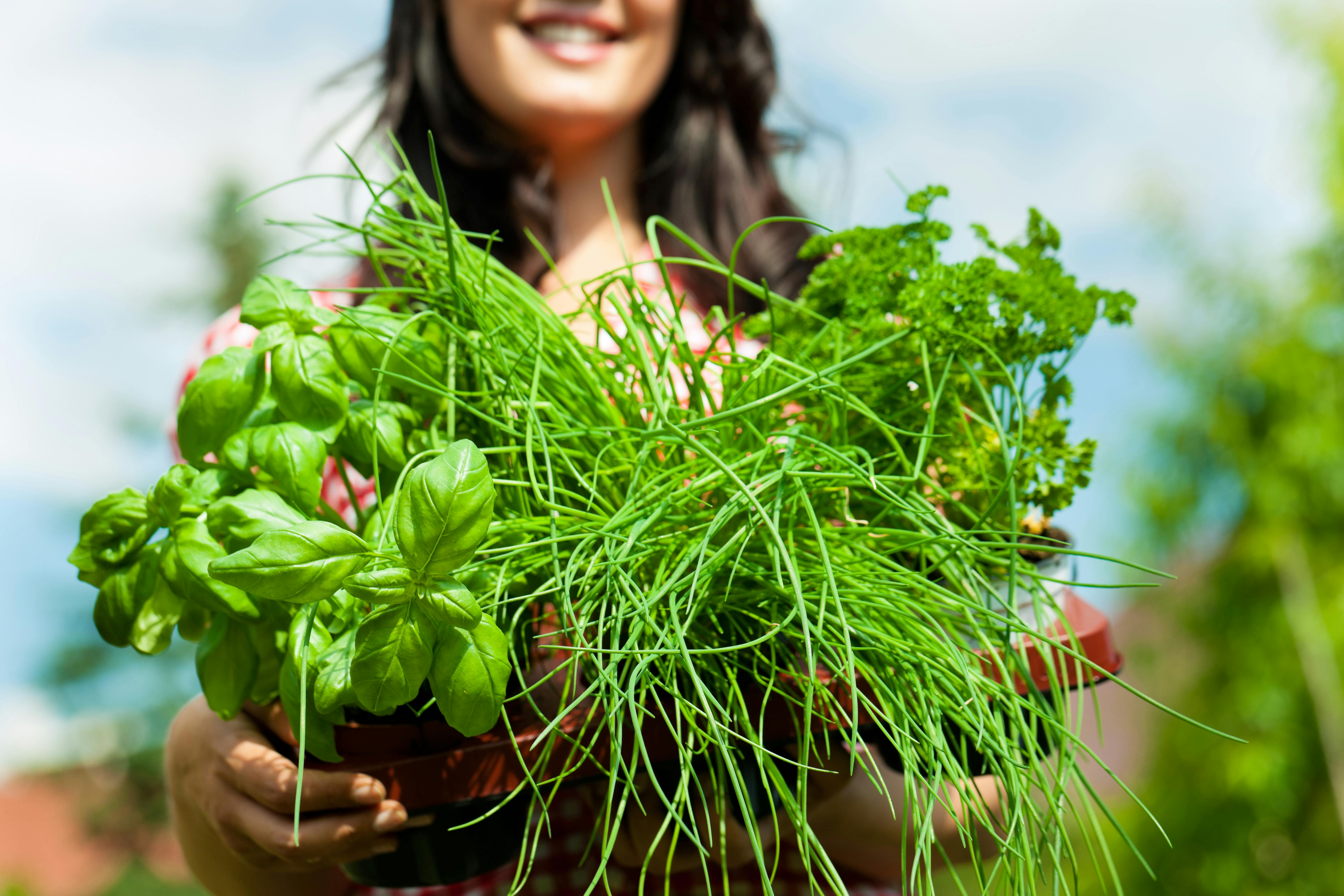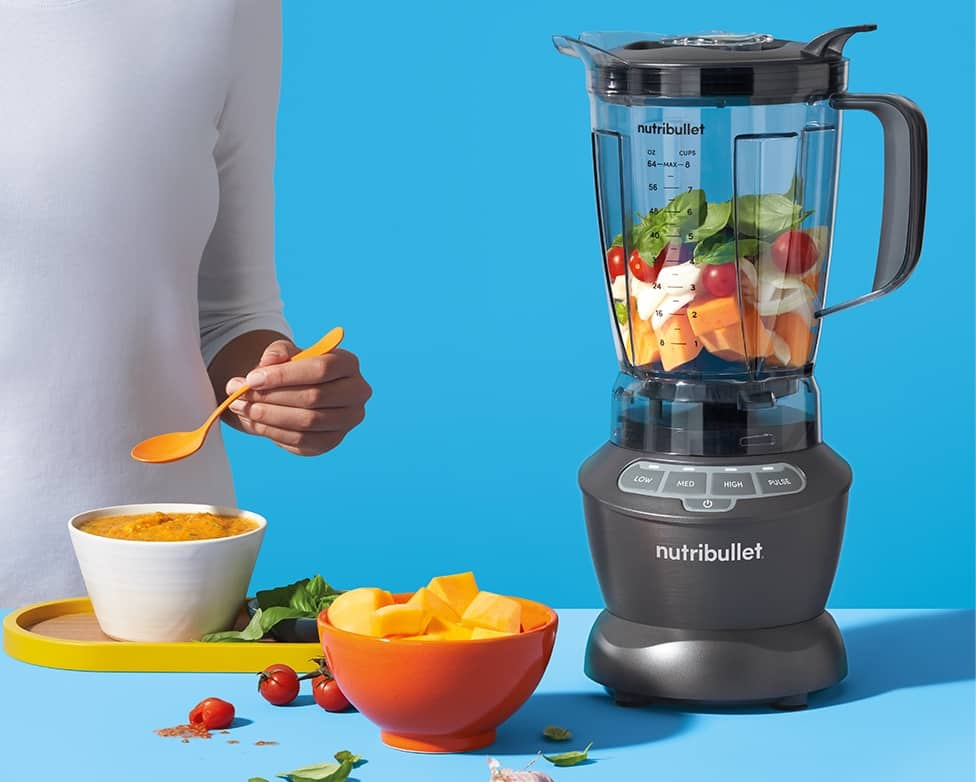Benefits of Both Juicing and Blending
Less than 1 in 10 American adults eat enough fruits and vegetables each day according to a 2015 report from the Center for Disease Control and Prevention.1 A healthful diet, plentiful in fruits and veggies, offers protection from chronic diseases such as cancer and heart disease. Drinking blended smoothies and juices can be an effective way to help you squeeze some much-needed fruits and vegetables into your daily repertoire, subsequently increasing your daily intake of health-promoting antioxidants, vitamins, and minerals.
Below we break down the differences between blending (to make a smoothie) and juicing (to make fresh-squeezed juice).
First, let’s talk smoothie benefits.
A smoothie can include fruits and vegetables, liquid ingredients (such as water or milk alternatives), nuts, seeds, supplements, etc. Using a nutribullet Blender to blend up the ingredients retains the skins, pulp, and fiber from the whole foods. A nutrient-rich smoothie may serve as a meal replacement or snack while also boosting your fiber intake for the day. Only 5 percent of Americans achieve the daily recommendations for fiber, which is a shame considering that adequate intakes are linked to improved digestion, blood sugar control, and satiety (the feeling of fullness). Eating enough fiber may also reduce the risk for heart disease, type 2 diabetes, certain cancers, stroke, hypertension, and certain gastrointestinal disorders. 2
Smoothies can also be a great vehicle for a variety of protein-rich foods, such as protein powders, yogurt, or tofu, as well as heart-healthy fats, including nut butters, nuts, and seeds. Because they can contain a wide variety of ingredients, smoothies can be tailor-made for your health goals and dietary preferences.
Next, let’s take a closer look at the benefits of juicing.
Juice extraction is extracting the nutrient-rich liquid from whole fruits and vegetables. A juicer, like the nutribullet Juicer ™ or nutribullet Juicer Pro™, separates the pulp and skin from the liquid in the produce. Studies have found that the juice made from some of our favorite superfoods, such as kale, carrots, and citrus fruits, for example, may help to improve blood lipid levels, reduce oxidative stress, and reduce the risk for heart disease.3-5 Like smoothies, juices are nutrition powerhouses that make a wonderful complement to your diet. They may also help to fill in any fruit and veggie gaps in your day. Bonus? The ‘by-product’ of juicing, aka the pulp, is a fiber goldmine! It can easily be incorporated into a variety of recipes – from muffins to soup – for an added nutrient boost.
Benefits of both smoothies and juice.
Additionally, both smoothies and juices are great vehicles to use up any leftover produce. They can also help individuals stretch their grocery dollars further. A combination of juices and smoothies as part of a healthy, active lifestyle can support anyone in attaining their health goals!
Review the infographic below to learn more about the differences and similarities of juicing and blending.
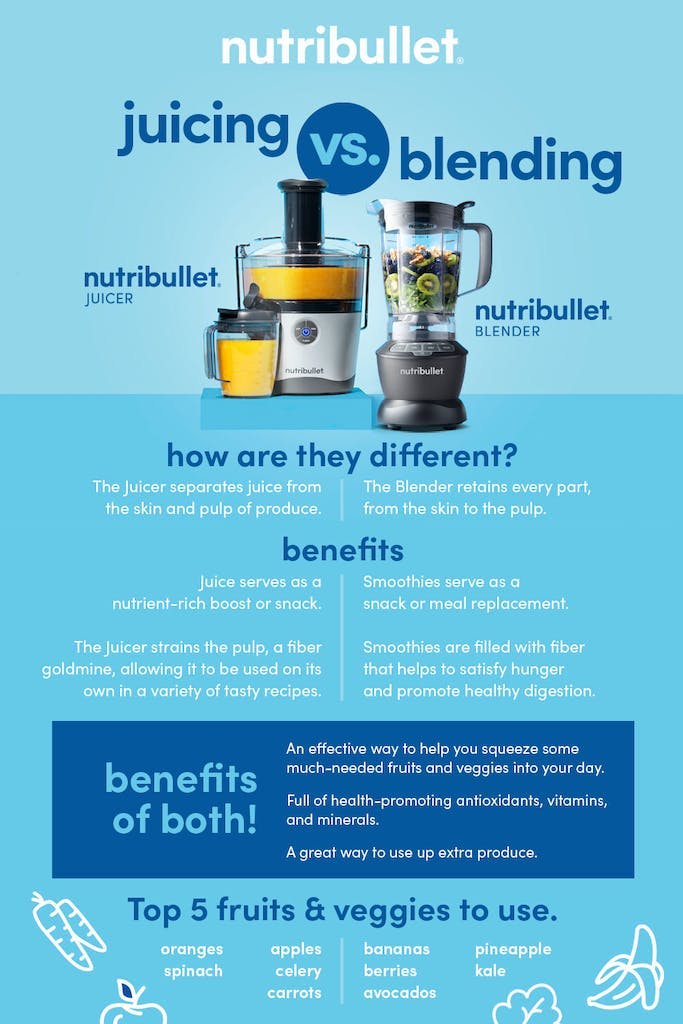
References
- https://www.cdc.gov/media/releases/2017/p1116-fruit-vegetable-consumption.html
- https://www.ncbi.nlm.nih.gov/pmc/articles/PMC6124841/
- https://pubmed.ncbi.nlm.nih.gov/18548846/
- https://pubmed.ncbi.nlm.nih.gov/22292424/
- https://www.ncbi.nlm.nih.gov/pmc/articles/PMC5372571/










